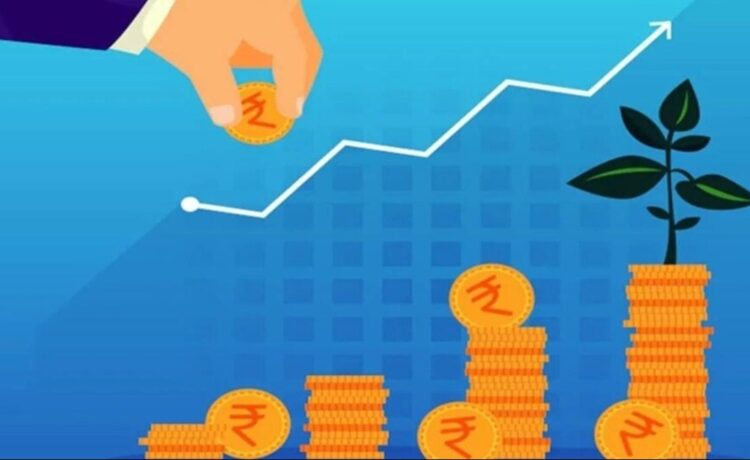The Nifty 50 index today touched an all-time high at 21,603. However, the markets appear overvalued, and experts suggest a correction might happen in the near future. Consider this: the market capitalisation to GDP ratio (also known as the Buffett indicator) is close to 100 per cent. This signals potential overvaluation and suggests that investors should tread with caution as the market may have priced itself well ahead of the curve, according to Kenneth Andrade, Founder, Director-Old Bridge Capital Management, and CIO-Old Bridge Asset Management. The ratio measures the total value of all publicly traded stocks in a country, divided by that country’s gross domestic product (GDP).
So, is it wise to wait for a market correction to start your SIP? Market timing is, and has always been, a tricky terrain even for seasoned investors. Trying to predict the market is like trying to tame the wind, and even professionals often miss the mark with their predictions. Therefore, waiting for a market correction to initiate an SIP may not be a prudent decision.
The main logic behind SIP is to nullify the effect of market volatility, which can be achieved by consistent periodic investments over the long term. It allows investors to purchase more units when prices are low and fewer when they are high, thereby averaging the cost of investments. This strategy, known as rupee cost averaging, is arguably one of the greatest strengths of SIPs.
According to a report from FundsIndia, long-term SIP returns remain almost similar regardless of whether you start from the market top or bottom. In the long run, returns average out, providing a stable return of 14-17 per cent. For example, in the table below, Nifty 50 TRI is used as the index source, and returns are calculated using XIRR for all periods from inception till November 30, 2023, when the market dropped by more than 20 per cent from its peak. The SIP installment amount is considered as Rs 10,000.
Also read: Gold and silver prices today: Yellow metal inches higher in low-volume Asian trade
Also read: Will home buying affordability rise to a three-year high in 2024? Here’s what experts say
The FundsIndia calculation shows that for the period from January 14, 2020, to March 23, 2020, when the market corrected by 38 per cent due to Covid 19, if you had started SIP at the peak (January 14, 2020) when Nifty 50 was at 17,349 or at the trough (March 23, 2020) at 10,710, you would have made till today SIP net returns of 17.5 per cent and 17.9 per cent, respectively. Similarly, if you had started SIP at the top of the markets during the financial meltdown on January 8, 2008, at 7,643, or at the trough on October 27, 2008, at 3,096 when the market fell by 59 per cent and had continued your SIP until now, then the net SIP return would be 13.1 per cent and 13.4 per cent, respectively.
Hence, there is not much difference in your return if you are a long-term investor in SIP.
SIP is known more for developing a disciplined approach to investing rather than timing the market. The discipline enforced by SIPs encourages both patience and consistency in investing, factors often ignored by many. That consistency is what translates, over time, into wealth creation.
To conclude, there is a saying that ‘time in the market is more important than timing the market’. So, instead of predicting when the market will hit rock bottom, it would be more beneficial to start your Systematic Investment Plan and witness the power of compounding over the long term. As Benjamin Franklin once said, “Do not put off until tomorrow what you can do today”. Therefore, start your SIP journey today because the best time to start it was yesterday, and the next best time is now.


